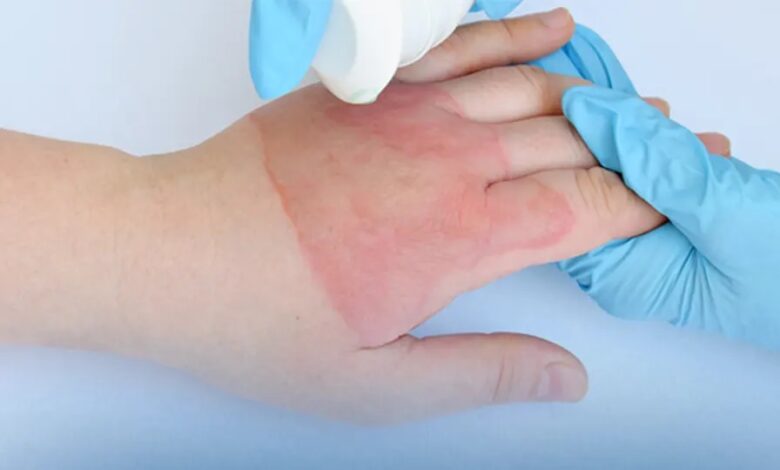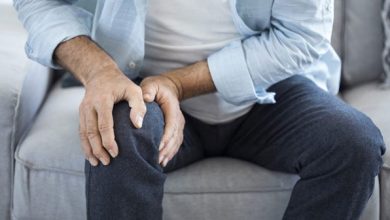First Aid for Burns: Immediate Steps and Treatment

Burns can happen unexpectedly and range in severity from minor to life-threatening. Knowing how to administer first aid for burns is crucial in minimizing damage and promoting healing. In this guide, we’ll outline the immediate steps to take and the appropriate treatment for burns of varying degrees.
1. Assess the Severity of the Burn
The first step in providing first aid for burns is to assess the severity of the injury. Burns are categorized into three degrees:
- First-Degree Burns: These burns affect only the outer layer of the skin (epidermis) and typically result in redness, swelling, and pain.
- Second-Degree Burns: These burns affect both the outer layer of the skin and the underlying layer (dermis) and may cause blistering, swelling, and severe pain.
- Third-Degree Burns: These burns penetrate through the skin and into deeper tissues, causing white or charred skin, numbness, and potentially severe pain.
2. Immediate Steps for First Aid
Regardless of the severity of the burn, the following immediate steps should be taken:
- Cool the Burn: Immediately rinse the burned area with cool (not cold) running water for at least 10-15 minutes. This helps to reduce pain, swelling, and further tissue damage.
- Remove Constrictive Items: If the burn is on an extremity and there are no signs of swelling, gently remove any constrictive items such as jewelry or clothing near the burn site to prevent constriction as swelling develops.
- Cover the Burn: After cooling the burn, loosely cover it with a sterile, non-adhesive bandage or clean cloth to protect it from dirt and germs.
3. Treatment for First-Degree Burns
For minor first-degree burns, the following treatment can be administered:
- Apply Aloe Vera: Aloe vera gel can help soothe and moisturize the burned skin. Apply a thin layer of aloe vera gel to the burn several times a day until healed.
- Take Over-the-Counter Pain Relievers: Non-prescription pain relievers such as acetaminophen or ibuprofen can help alleviate pain and reduce inflammation.
4. Treatment for Second-Degree Burns
For more severe second-degree burns, additional treatment may be necessary:
- Keep Blisters Intact: Do not pop blisters that form as a result of the burn, as they help protect the underlying skin from infection. If a blister breaks, clean the area gently with mild soap and water, apply an antibiotic ointment, and cover it with a sterile bandage.
- Seek Medical Attention: If the burn covers a large area of the body, is located on the face, hands, feet, or genitals, or is accompanied by signs of infection (such as increased redness, swelling, or drainage), seek medical attention promptly.
5. Treatment for Third-Degree Burns
Third-degree burns require immediate medical attention and may involve surgical intervention:
- Do Not Attempt Home Treatment: Third-degree burns are severe and typically require specialized medical care. Do not attempt to treat third-degree burns at home. Instead, seek emergency medical assistance immediately.
- Prevent Shock: While waiting for medical help to arrive, monitor the person for signs of shock (pale, clammy skin, rapid heartbeat, shallow breathing) and take steps to keep them comfortable and stable.
By following these immediate steps and appropriate treatment measures for burns, you can help minimize pain, promote healing, and reduce the risk of complications. Remember, seeking medical attention for more severe burns is crucial for ensuring proper care and optimal outcomes.






